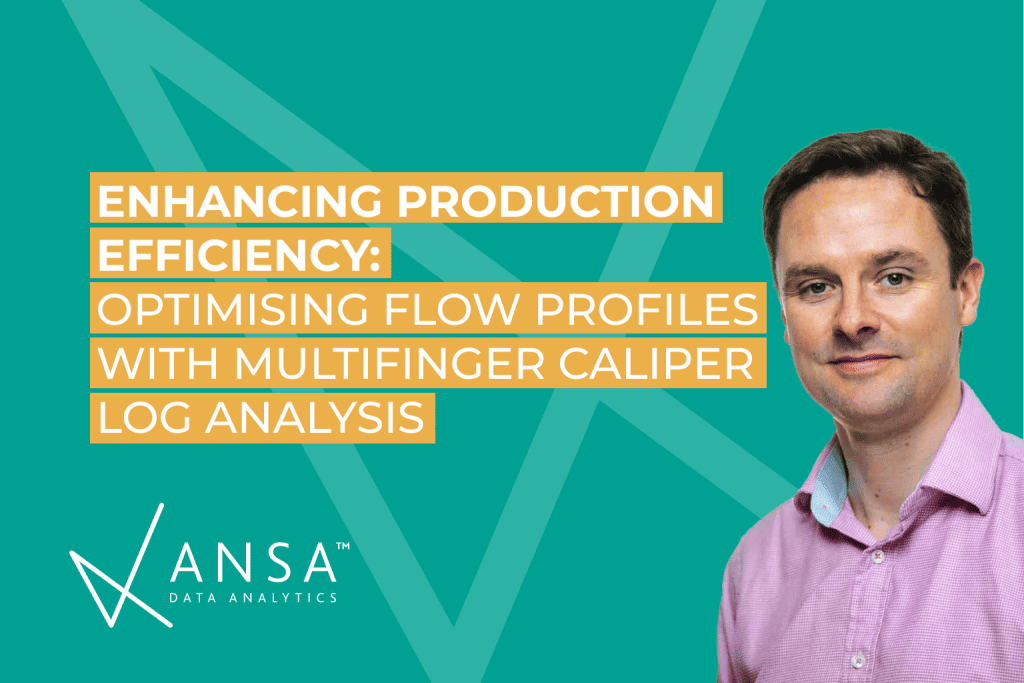
In the oil and gas industry, production efficiency is a top priority. It directly impacts profitability and operational success. One crucial aspect of maximizing production yields is optimising flow profiles in the wellbore. Let’s dive into the world of flow profiles, understand their significance, and explore how multifinger caliper log analysis can enhance production efficiency.
Flow profiles refer to how fluids move within the wellbore. They play a vital role in determining production efficiency. Factors such as wellbore geometry, reservoir properties, and obstructions influence flow profiles. Suboptimal flow profiles can lead to inefficient fluid flow, pressure drops, and reduced production rates.
Multifinger caliper logs are valuable tools used in the oil and gas industry to gain insights into wellbore conditions and optimise flow profiles. These logs consist of mechanical arms equipped with sensors, providing detailed information about the wellbore’s geometry and identifying areas for improvement.
Accurate data collection and acquisition techniques are crucial for effective flow profile analysis. Advanced data acquisition systems ensure high-resolution data, providing detailed insights into wellbore conditions. Interpreting flow profile data obtained from multifinger caliper logs requires expertise and a thorough understanding of wellbore dynamics.
Common flow profile issues, such as narrowing wellbore sections or the presence of debris, can significantly impact production efficiency. Multifinger caliper log analysis helps identify these issues and their impact on production rates. Real-life case studies illustrate how flow profile analysis and optimisation have successfully increased production rates and improved overall efficiency.
To optimise flow profiles, wellbore cleaning and debris removal techniques are essential. Targeted cleaning operations restore optimal flow conditions by removing significant debris accumulation. Well stimulation methods, such as acidizing or hydraulic fracturing, enhance flow profiles and mitigate restrictions. Intervention planning based on multifinger caliper log analysis ensures accurate tool placement and effective remedial actions.
Collaboration between production engineers, wellbore specialists, and multifinger caliper log analysts is vital for successful integration of flow profile optimisation. By incorporating flow profile analysis into production strategies and continuously monitoring and adjusting based on MFC log analysis, operators can ensure sustained production efficiency.
Advancements in multifinger caliper log technology, automation, and artificial intelligence (AI) are revolutionizing flow profile analysis. Improved sensor technologies and AI algorithms streamline the analysis process, enabling proactive flow profile optimisation. Predictive modeling based on historical data and machine learning algorithms allows for proactive measures to maintain production efficiency.
Optimising flow profiles with MFC log analysis is crucial for enhancing production efficiency in the oil and gas industry. By understanding flow profiles, leveraging multifinger caliper logs, and implementing targeted optimisation strategies, operators can maximize production yields and reduce costs. Continuous monitoring and adjustments based on flow profile analysis ensure sustained production efficiency and mitigate potential issues.
– Flow profile optimisation is essential for maximizing production efficiency.
– Multifinger caliper log analysis provides insights into flow profiles and helps identify areas for improvement.
– Techniques such as wellbore cleaning, well stimulation, and intervention planning enhance flow profiles.
– Collaboration among experts and continuous monitoring are crucial for integrating flow profile optimisation into production strategies.
– Advancements in technology, automation, and predictive modeling will shape the future of flow profile optimisation in the industry.
ANSA Customer Support
+44 (0) 1224 336624 sales@ansa-data.com
Aberdeen Data Hub
Viking House, 1 Claymore Avenue, Aberdeen Energy Park AB23 8GW. UK
Houston Data Hub
Suite 330 9940 W. Sam Houston Parkway S. Houston, Texas 77099. USA